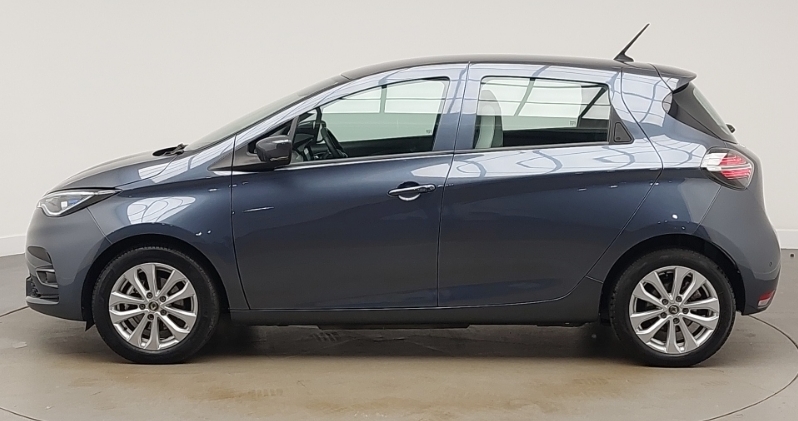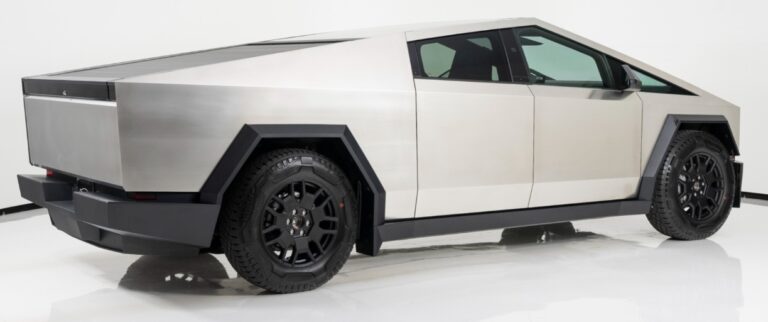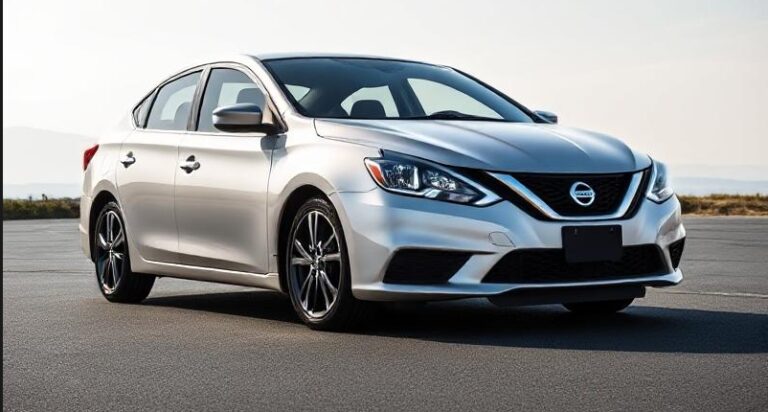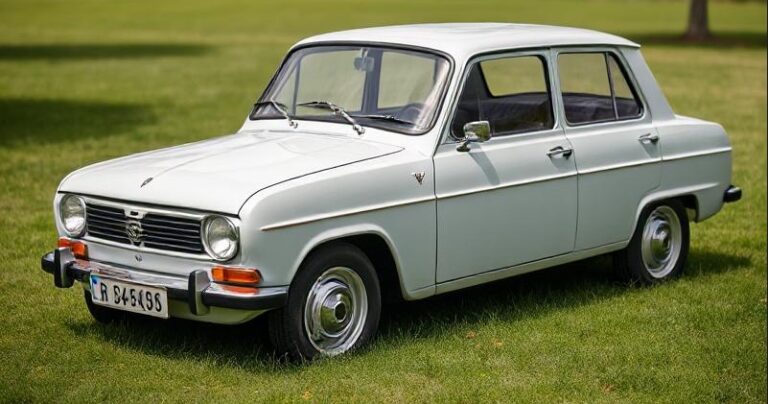The Evolution of the Renault Zoe
The Renault Zoe stands as one of the most prominent electric vehicles (EVs) in Europe, exemplifying the shift toward sustainable mobility. Since its debut, the Zoe has undergone significant transformations, both in terms of design, technology, and market positioning. This article provides a detailed chronological account of the Renault Zoe’s evolution, including production years, model variants, and trim levels offered throughout its lifespan.
Introduction to the Renault Zoe
Launched in 2012, the Renault Zoe marked Renault’s ambitious entry into the burgeoning electric vehicle market. Positioned as an affordable, compact city car, the Zoe was designed to appeal to eco-conscious urban drivers seeking practicality without sacrificing style or performance. Its introduction was timely, coinciding with increasing government incentives and growing consumer interest in EVs.
First Generation (2012–2019)
Launch and Early Models (2012–2015)
- Introduction: The Renault Zoe was officially unveiled at the 2012 Paris Motor Show, with sales commencing shortly thereafter in late 2012. It was built on Renault’s B-segment platform, emphasizing compactness and maneuverability ideal for city driving.
- Initial Models and Trim Levels:
- Expression: The base model, offering essential features such as manual air conditioning, a basic audio system, and manual windows.
- Dynamique: A step up, including improved interior features, electric windows, and cruise control.
- Limited Editions: Renault occasionally released special versions with unique badging or cosmetic features, such as the “Z.E. 40” editions.
- Battery and Motor Options:
- The initial Zoe was powered by a 22 kWh lithium-ion battery, providing an official range of approximately 150 km (93 miles) on the NEDC cycle.
- The electric motor produced around 88 horsepower (66 kW).
Mid-Cycle Updates (2015–2019)
- Renault Z.E.. 40 (2016): A significant upgrade introduced the “Z.E.. 40” battery, increasing capacity to 41 kWh, nearly doubling the range to approximately 250 km (155 miles) NEDC.
- Design and Feature Enhancements:
- Exterior updates included new front and rear bumpers, LED daytime running lights, and revised grille designs.
- Inside, the Zoe gained a larger 7-inch touchscreen infotainment system (later upgraded), Bluetooth connectivity, and optional navigation.
- Trim Level Variants:
- Expression: Basic features, suitable for budget-conscious buyers.
- Acenta: Added features such as alloy wheels, cruise control, and rear parking sensors.
- Business: A fleet-oriented version with additional utility features.
- Limited Editions: Including “Z.E.. 40” versions with unique badging, and special color options.
- Battery Management and Options:
- The 22 kWh battery was phased out in favor of the 41 kWh battery as standard in most markets.
- Renault introduced battery leasing options, allowing customers to lease the battery separately from the vehicle, reducing initial purchase costs.
Second Generation (2019–Present)
Introduction of the New Zoe (2019)
- Unveiling and Launch: Renault unveiled the second-generation Zoe at the 2019 Geneva Motor Show, with sales beginning shortly afterward. The new Zoe represented a major overhaul, emphasizing increased range, improved technology, and modern design.
- Design Evolution:
- The new Zoe features a more aerodynamic and contemporary exterior design, with sleek lines, a wider grille, and new lighting signatures.
- Interior updates include a larger 9.3-inch or optional 10-inch landscape touchscreen, digital instrument cluster, and improved materials.
- Powertrain and Battery:
- The second-generation Zoe is equipped with a 52 kWh battery, offering an official WLTP range of approximately 390 km (242 miles), making it one of the longest-range EVs in its class at launch.
- The electric motor produces 135 horsepower (100 kW), providing brisk acceleration and better performance.
- Trim Levels and Versions:
- Life: The base trim, offering essential features such as LED lighting, a basic infotainment system, and manual air conditioning.
- Zen: Adds features like leatherette seats, upgraded infotainment, and driver-assist features.
- Intense: The top-tier trim, with additional luxury features, premium audio, and advanced driver assistance systems.
- Special Editions and Variants:
- Limited Editions: Renault has periodically released special versions such as the “Z.E.. 40” versions with unique badging or color schemes.
- Battery Leasing Options: Continued availability of battery leasing to reduce upfront costs.
- Performance Variants: The Zoe e-R.S. (electric Renault Sport), a high-performance version, was introduced to appeal to enthusiasts, featuring a more powerful motor and sportier suspension.
Notable Milestones and Updates
2021—Facelift and Tech Enhancements
- Renault introduced a mid-cycle facelift for the second-generation Zoe, featuring:
- New front bumper and grille design.
- Updated LED lighting signatures.
- Introduction of a V2G (Vehicle-to-Grid) charging capability in some markets.
- Enhanced driver assistance features, including adaptive cruise control and lane keeping assist.
- Trim and Model Variations:
- The “Zoe Iconic” trim was introduced, combining luxury features with the latest tech.
- The “Zoe Business” variant remained popular among fleet operators.
2023—Latest Developments
- Renault announced plans to expand the Zoe lineup with more customization options and improved connectivity features.
- The battery technology continued to evolve, with Renault exploring solid-state batteries and other advancements, aiming to further increase range and reduce charging times.
Market and Global Presence
While primarily sold in Europe, the Renault Zoe has also been available in select markets in Asia and South America. Its affordability, compact size, and impressive range have made it a popular choice among urban drivers and fleet operators.
.
We LOVE cars & cruising around, but sometimes day trips to explore new cities are required (with family or friends) for a spice of variety in your life!
So GO explore!
Cruises & Day/Night City Tours to: Baltimore, Boston, Chicago, Marina Del Ray, New York, Niagara, Philadelphia, San Diego, San Francisco, Toronto, Washington DC, etc.:

.
Summary of Key Model Years and Trim Levels
| Year Range | Model/Generation | Key Features & Notable Variants |
|---|---|---|
| 2012–2015 | First Generation | 22 kWh battery, Expression, Dynamique, limited editions, basic trim |
| 2016–2019 | First Generation | 41 kWh battery (Z.E.. 40), improved design, additional trims, features |
| 2019–Present | Second Generation | 52 kWh battery, longer range, Life/Zen/Intense trims, tech upgrades |
| 2021–2023 | Facelift & Updates | Design refresh, tech enhancements, V2G capability |
Conclusion
The Renault Zoe’s evolution reflects the rapid advancements in electric vehicle technology and changing consumer preferences. From its modest beginnings with a small 22 kWh battery to the current model boasting nearly 400 km of WLTP range, the Zoe has consistently adapted to meet market demands. Its various trim levels and editions have allowed Renault to target different customer segments, from budget-conscious urban commuters to tech-savvy enthusiasts.
As the EV landscape continues to evolve, the Renault Zoe remains a significant player, embodying Renault’s commitment to sustainable mobility. With ongoing developments in battery technology and connectivity, the Zoe’s future promises even greater performance, range, and integration, cementing its status as a cornerstone in the electric vehicle market.







